When it came to unreleased video games, Clockwork Aquario was a relentless, blatant, and downright sadistic tease. It went through arcade location tests back in 1993, but developer Westone deemed it unsuitable for the market. So it drifted into the same ether that absorbs most canceled games.
Yet Clockwork Aquario survived. Composer Shinichi Sakamoto and EGG released the soundtrack in 2006, and stories from those who played the game tantalized like UFO sightings. Then company co-founder Ryuichi Nishizawa uncovered the source code, sprites, and design documents, hinting that it might well be possible to restore the entire thing. Clockwork Aquario seemed just on the edge of coming back to life.
That’s exactly what happened, according to Strictly Limited Games. After a year or two of hints, the German publisher announced Switch and PlayStation 4 releases of a fully restored Clockwork Aquario. It’s due out next year, and they have screenshots, a website, and some gameplay footage to prove it. I usually don’t embed videos that aren’t mine, but I’m breaking that rule for Clockwork Aquario.
What’s that? It’s just twenty seconds of standard side-scroller gameplay? Yes, it is. But there’s more to the game than that. And there’s more to its appeal than a long shadow of makeshift nostalgia.
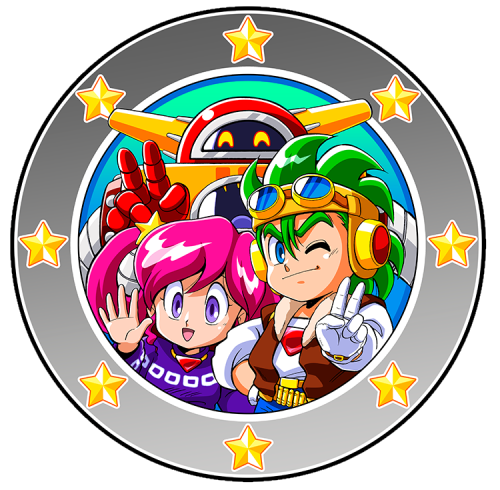
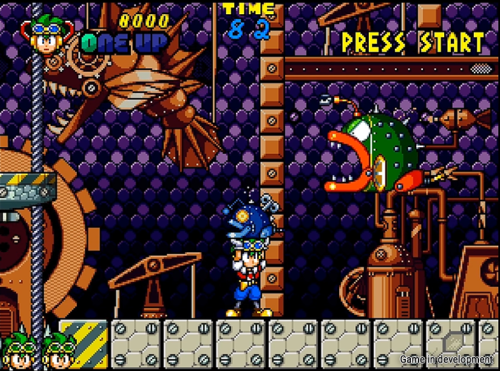
The little details have already won me over. I like the way the characters take damage by subtly changing appearance (as Elle does in the video) and the way they turn into strangely calm angels upon defeat. I even like the little character portraits in the background of the player-select screen. Just look at them.
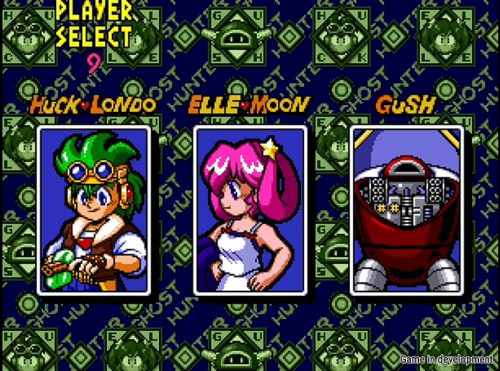
The realist in me must point out that Clockwork Aquario may well be an arcade game in the less flattering sense. It’s likely short, straightforward, and not terribly rich in replay value apart from picking different characters or chasing a high score. It’s also worth relaying that Nishizawa and the genius retro-smiths at M2 aren’t directly involved in the game's rebirth; Nishizawa was consulted, but the restoration is the work of Strictly Limited and ININ games.
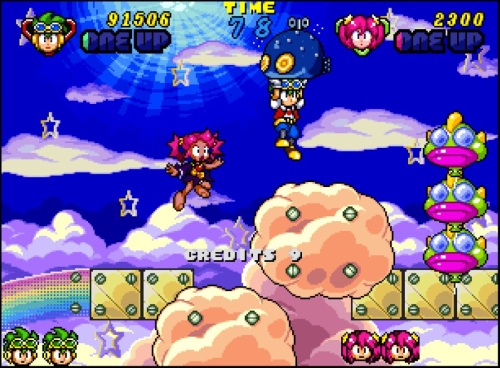
Yet that leads to an even colder truth: by 1993, a side-scrolling action game had no place in arcades. Fighting games, driving games, and light-gun games had thoroughly usurped them. Tales of Clockwork Aquario’s development suggest that Westone struggled to cram unique ideas into a quick-fix arcade mindset, almost as if it was a complex game wedged into a world that couldn’t appreciate it.
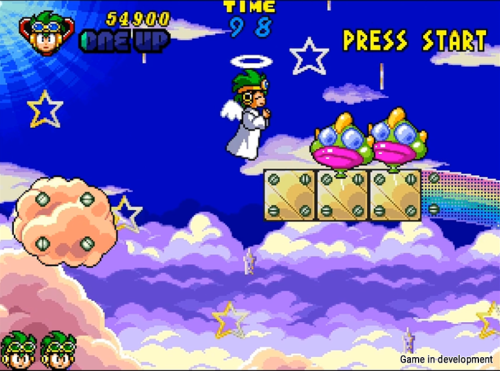
I also think that the mere sight of Clockwork Aquario restored, running, and widely available is a good thing. So many games are lost to time, abandoned mid-development or even canceled when nearly finished. And that’s to say nothing of books, film, and older strains of media. I’d even say that every remotely creative endeavor, no matter how troubled or disposable, deserves its day in public.
Strictly Limited Games pushed Clockwork Aquario back to 2021, and they’ve yet to announce just how the game’s physical release will fare. Even at this vague point, I like everything I’ve seen about it, and I’ll be there the moment it arrives.
I do note, however, that the character names differ slightly from the ones in Nishizawa’s initial attempts at recovering the game.

I can understand why they shied away from naming the robot Gash, though I don’t know if Gush is a great improvement. And, minor as it may be, I prefer Hack Londo to Huck Londo.
One more complaint: all of the screens we have so far show just Huck and Elle. At the risk of sounding unintentionally crude, let's see some Gush in action.

No comments:
Post a Comment